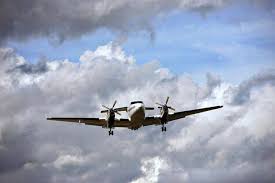Aerial Seeding
Aerial seeding is a method of plantation wherein seed balls, seeds covered with a mixture of clay, compost, char and other components are sprayed on the ground using aerial devices, including planes, helicopters or drones. It is considered a broadcast method of seeding. It is also often used to plant cover crops. Plants like oats, soya beans, buckwheat are often seeded using this method.
It may quickly and effectively reduce erosion hazards and suppress growth of invasive plant species.
Benefits of Aerial Seeding
- Aerial seeding helps in efficient coverage of a large area in the least amount of time.
- Aerial seeding facilitates seeding in areas that otherwise would be impossible to seed with traditional methods, areas which are inaccessible due to steep slopes, fragmented or too wet.
- They rule out the need for ploughing and digging holes in the soil and the seeds do not need to be planted, since they are already surrounded by soil, nutrients, and microorganisms.
- The process of the seed‘s germination and growth is such that it requires no attention after it is spread.
- It can provide work opportunities to the local community, especially women, who can prepare the seed pellets.
Challenges of Aerial Seeding
- It requires specific atmospheric conditions to work which has an impact on its effectiveness
- It is an expensive technique to be implemented.
- It can produce weather related damages as more research is required in this technique.
- It is not meant to replace conventional methods but rather only supplement them.
Soil conditions
Soil moisture plays a large role in the success of aerial seeding. Adequate soil moisture for germination and establishment of seed requires that the top 0.5 -1 inch be moist. These conditions should be at the time of the seeding or within 10 days of the seeding. If the required soil moisture is not present at these times, the seeds may become the target of predation by insects and other animals. Along with soil moisture, surface conditions also play a key role in the success of aerial seeding and establishment of seed.


